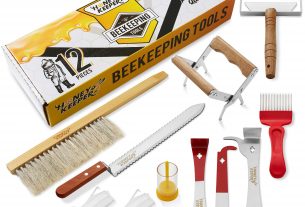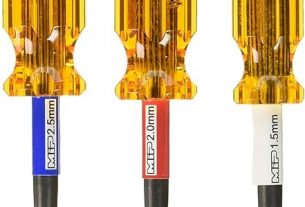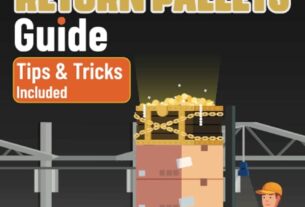Fleshing Tool: The Ultimate Guide to Choosing and Using
Are you looking for a reliable and efficient way to remove flesh from animal hides? Look no further than the fleshing tool. This versatile tool has been used by hunters, taxidermists, and tanners for decades to prepare hides for tanning and mounting.
In this comprehensive guide, we’ll explore everything you need to know about fleshing tools. From the different types available to how to use them properly, we’ll cover it all. So whether you’re a seasoned professional or just starting out, keep reading to learn more.
Types of Fleshing Tools
There are several different types of fleshing tools available on the market today. Let’s take a closer look at each one and what makes them unique.
1. Draw Knife
The draw knife is one of the most common fleshing tools used by hunters and taxidermists alike. It consists of a long, thin blade with two handles on either end. The blade is curved, allowing you to easily remove flesh from the hide without damaging it.
2. Fleshing Knife
A fleshing knife is similar in design to a draw knife but has a narrower blade that is specifically designed for removing fat and connective tissue from animal hides. They come in both straight and curved styles, depending on your preference.
3. Rotary Fleshing Tool
Rotary fleshing tools are electrically powered devices that use a rotating drum with abrasive material attached to it to remove flesh from animal hides. They are much faster than manual tools but can be more difficult to control.
4. Beam Fleshers
Beam fleshers are large, manually operated machines that are typically used by commercial tanneries or larger taxidermy shops. They consist of a large beam with abrasive material attached to it that is used to remove large amounts of flesh at once.
How to Choose the Right Fleshing Tool
When it comes to choosing the right fleshing tool, there are several factors to consider. These include the type of hide you’ll be working with, your level of experience, and your budget.
For smaller hides or those just starting out, a draw knife or fleshing knife may be sufficient. These tools are relatively inexpensive and easy to use, making them a great choice for beginners.
If you’re working with larger hides or have more experience, a rotary fleshing tool or beam flesher may be a better option. While these tools can be more expensive, they are also much faster and more efficient than manual tools.
How to Use a Fleshing Tool
Now that you’ve chosen the right fleshing tool for your needs, it’s time to learn how to use it properly. Here are some general tips to keep in mind:
1. Always wear gloves when using a fleshing tool to protect your hands from cuts and abrasions.
2. Start by removing any excess hair from the hide before beginning the fleshing process.
3. Use long, smooth strokes when using a draw knife or fleshing knife to avoid damaging the hide.
4. When using a rotary fleshing tool, be sure to keep the drum moving at a steady pace to avoid creating uneven spots on the hide.
5. If you’re using a beam flesher, make sure to apply even pressure across the entire surface of the hide for best results.
Common Mistakes to Avoid
While using a fleshing tool may seem straightforward, there are several common mistakes that beginners often make. These include:
1. Using too much pressure when removing flesh, which can damage the hide.
2. Not wearing gloves, which can lead to painful cuts and abrasions on your hands.
3. Rushing through the process instead of taking your time and being patient.
4. Not cleaning your tools properly after each use, which can lead to rust and other damage.
5. Using the wrong type of tool for the job, which can lead to poor results and frustration.
Conclusion
In conclusion, a fleshing tool is an essential tool for anyone working with animal hides. Whether you’re a hunter, taxidermist, or tanner, there’s a fleshing tool out there that’s right for you. By following the tips and techniques outlined in this guide, you’ll be well on your way to creating beautiful, high-quality hides that will last for years to come.
References:
– “Fleshing Knife: What It Is and How to Use It” by Outdoor Life
– “Rotary Fleshing Tools” by Van Dyke’s Taxidermy
– “Beam Flesher” by The Tannery Inc.
– “How to Choose a Fleshing Tool” by Fur Harvesters Auction Inc.




